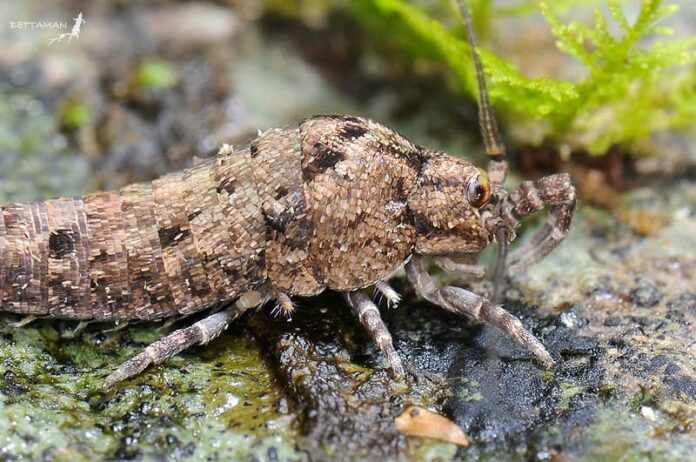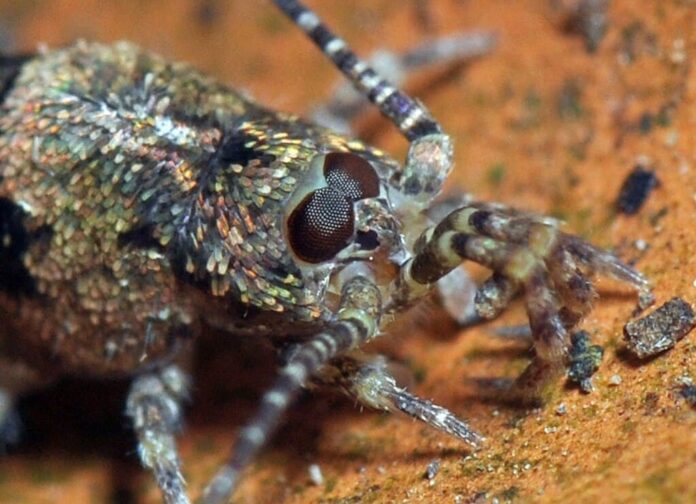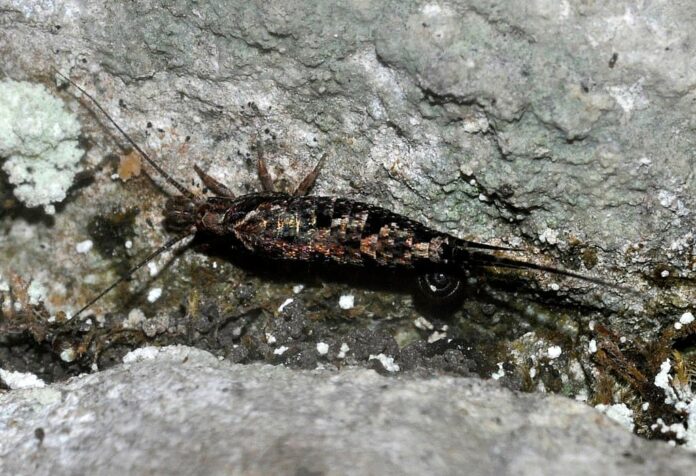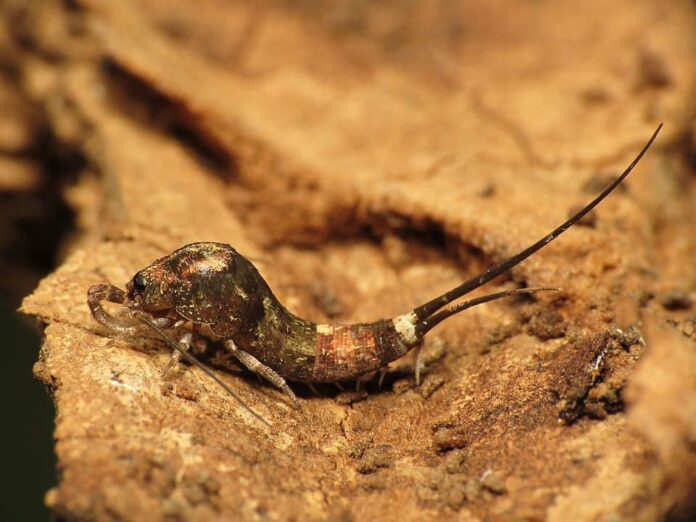Looks almost exactly like a silverfish but with the ability to jump. Jumping bristletail is one interesting insect. Not many of us care much about insects like them since there is nothing special. However, I want you to know about jumping bristletails because they are not pests. In fact, they are good in the house? How so? The answers are below.
1Appearance

All 500 species of this insect have a similar appearance, so it is not uncommon to mistake them for a silverfish. Because it has no wings and it moves very fast, it makes them look like a silverfish. First of all, it has 3 body sections which are the abdomen, head, and thorax. A jumping bristletail has an elongated body and back that are arched, especially over the thorax area that looks like a hump. It has two large compound eyes on the top of its head along with flexible antennae, and its abdomen ends in 3 long tail-like structures.
Under the abdomen and the tail are moveable appendages that look like bristles; hence the last time. The entire body of the insect is covered by brownish or yellowish reflective scales that give them a metal shine. On top of that, it has palps that are longer than its 6 legs. And the creepy part would be the mouthpart of the insect as it is retractable with chewing mandibles. It has a knuckle-like joint that allows its mouthpart to rotate or even twist. However, there is nothing to worry about because they cannot and do not bite people.
2Behavior

When startled, a jumping bristletail can propel itself as far as 10 centimeters forward; hence the first name. Some sources mentioned they can go as high as 30 centimeters which is very impressive if it is true. In order to jump, it thrusts its abdominal muscles rapidly and forcefully against the ground which gives it a lift-off. The ability to jump is something that a silverfish lacks, and that is one of the things you can use to differentiate them. During the day, these little insects hide in crevices and leaf litter or under bark, rocks, stones, and other decomposing matter.
3Feeding & Habitats

They are most active at night when they come out to feed on algae, dead leaves, decaying vegetation, fungi, and lichens. There is a high chance that there is plenty of jumping bristletail living in your yard right now. Don’t you worry a thing because they are harmless and they do not invade your home. These little insects are not pests, and they are actually beneficial as they are the recyclers of organic matter. They are fond of moist soil and wooded habitats but grassy and rocky environments are also their common habitats. Besides these, they also adapt to live in a variety of conditions from the Arctic to deserts and more.
Related Post: Harmless Insects That Share Home With You




